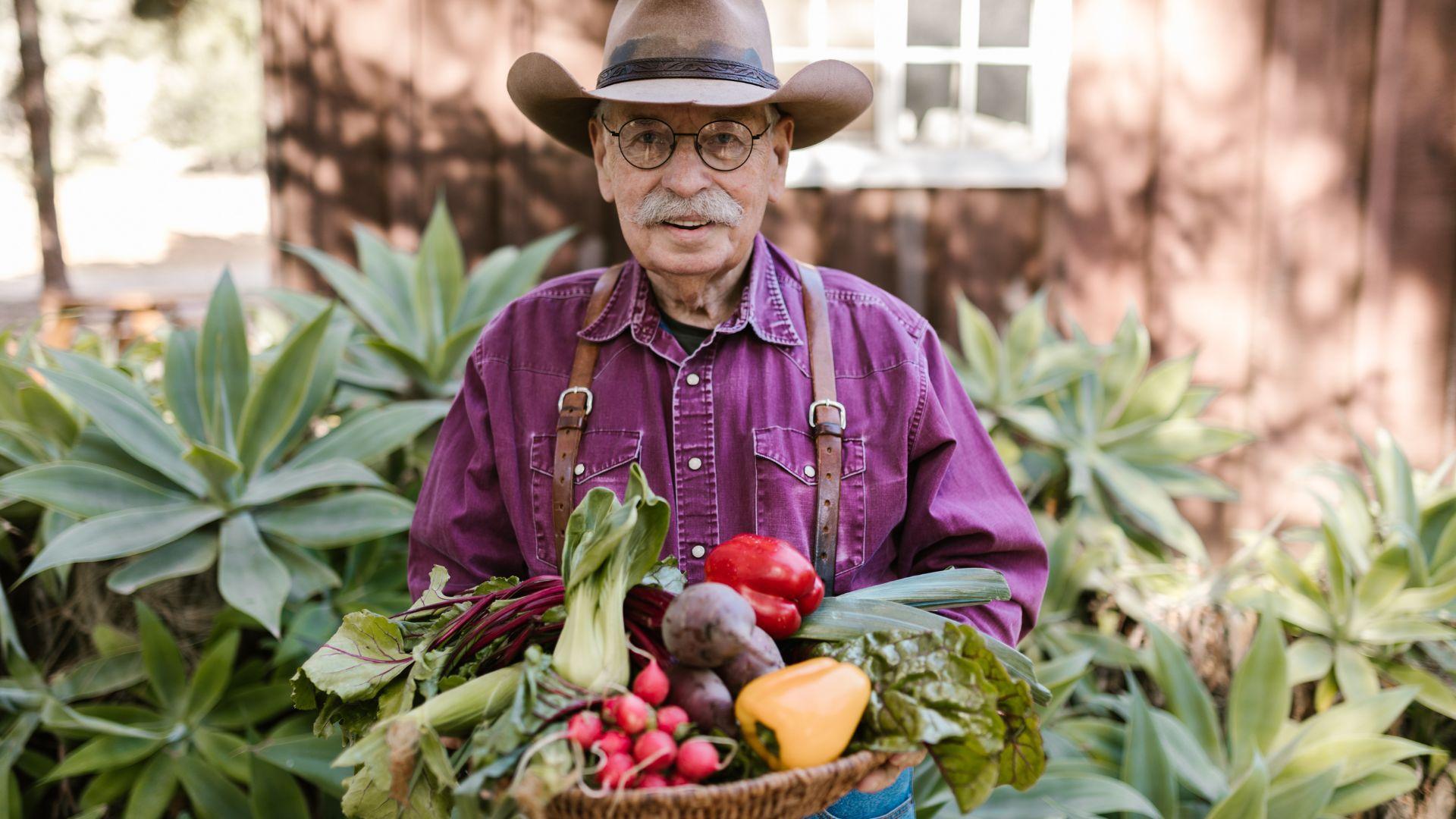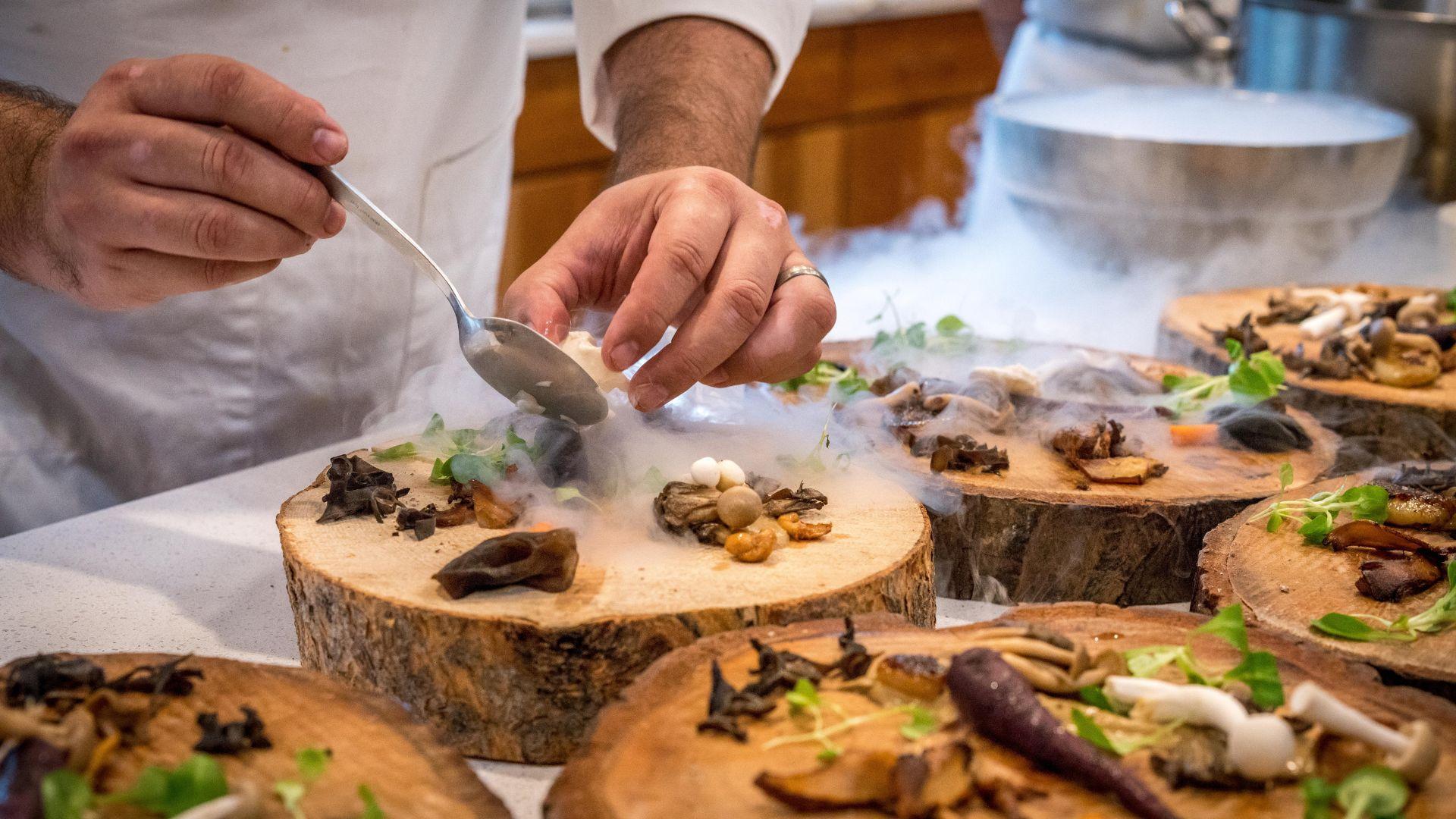Farm-to-table restaurants have become extremely popular in California and around the United States. These eateries promote sustainability and promise delicious dishes from fresh and locally-sourced ingredients.
But what is the truth behind these trendy west-coast restaurants? Why are they so beloved by Californians? Is this movement just a trendy marketing gimmick or an authentic and important new standard for restaurants?
Supporting Local Agriculture

Most farm-to-table eateries source their ingredients from local farms. However, the definition of “local” varies from restaurant to restaurant. Some define local as being from within 100 miles, some define local as being from the state, and some restaurants may believe that the best local food is from a larger (or smaller) area than that.
Chez Panisse in Berkeley, California is one of the trailblazers of the farm-to-table movement. The ingredients used at Chez Panisse are from nearby farms, which both supports local agriculture and ensures freshness of food.
Restaurant Relationship with Farmers

The best farm-to-table eateries have a strong and direct connection to farmers. A relationship with farmers guarantees transparency in ingredient sourcing. A connection to local farmers supports local agriculture.
For example, The Restaurant at Meadowood in Napa Valley, California has partnerships with local farms and wineries. This ensures a seamless farm-to-table experience for customers.
Helping Small Farms

The farm-to-table movement aims to support farms of all sizes. Many eateries choose to support small local farms and not just large-scale ones.
The Slanted Door in San Francisco helps to keep small, family-owned farms in business. They are well-known for their support of small farms.
Food Sourcing Transparency

Detailed information about ingredient suppliers should be available at genuine farm-to-table eateries. On menus or other available materials, restaurants often name the farms they work with and describe their food sourcing practices.
The restaurant Rustic Canyon—in Santa Monica, California—lists its farmers and producers on their menu. This gives the restaurant’s patrons a transparent look at where the food they’re eating comes from.
Seasonal Menus

Authentic and legitimate farm-to-table restaurants must change their menus seasonally based on the produce that is locally available. The practice of changing menus seasonally puts a spotlight on recipes which use fresh food and in-season ingredients.
Manresa in Los Gatos, California highlights their special seasonal menus. The changing menu throughout the year reflects current harvests so that their patrons get the freshest and most delicious local produce available.
Sustainability

Many farm-to-table restaurants practice sustainability of all kinds. Beyond sourcing their ingredients locally, they place importance on composting, waste reduction, and using eco-friendly packaging.
The Kitchen in Sacramento, California emphasizes sustainability. The restaurant strives to be sustainable in all aspects of its operation, from sourcing its food to waste management.
Creating Community

Farm-to-table restaurants provide a place for locals to celebrate their communities. Many hold special events for their patrons. They can also participate in their local communities through farmers’ markets, educational programs, and farm tours.
Gjelina, an eatery in Los Angeles, regularly participates in local farmers’ markets. This encourages a friendly community of food producers and consumers.
A Culinary Vision

Local farm-to-table restaurants don’t have to follow the strict aesthetic and menu rules of a chain restaurant. The philosophy of the owners and chefs drives the vision of each farm-to-table dining establishment.
For example, the vision of Chef Alice Waters of Chez Panisse guides the restaurant’s operations and ethos. She is a vocal advocate for sustainable and local food systems.
Quality Over Quantity

Farm-to-table restaurants often have more expensive dishes, but this is because they value quality over quantity. Better ingredients unfortunately result in more expensive prices. However, this should be expected when restaurants use premium ingredients.
Eating establishments like SingleThread in Healdsburg, California serve very high-quality dishes. The quality of each meal is due to meticulous sourcing and preparation.
Criticisms and Challenges

Farm-to-table establishments face challenges such as supply inconsistencies and high operating costs. Small businesses are always more difficult to manage than large, cookie-cutter franchises.
Additionally, some restaurants brand themselves as a “farm-to-table” establishment as a marketing ploy but do not actually commit to the important true principles. The pioneers of the movement have set rigorous standards, but these fake farm-to-table eateries tarnish the image of legitimate and authentic restaurants.
In Conclusion

Although there are some trendy and inauthentic “farm-to-table” restaurants which use the movement’s popularity for marketing purposes, many establishments genuinely commit to sustainable, local sourcing and transparent practices.
Authentic and beloved farm-to-table restaurants support local agriculture, are transparent about their food sourcing, have exciting seasonal menus, engage with and support their communities, and create unforgettable dining experiences. It’s no wonder why Californians (and many around the country) are so obsessed with this new and popular kind of eatery.

